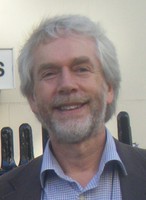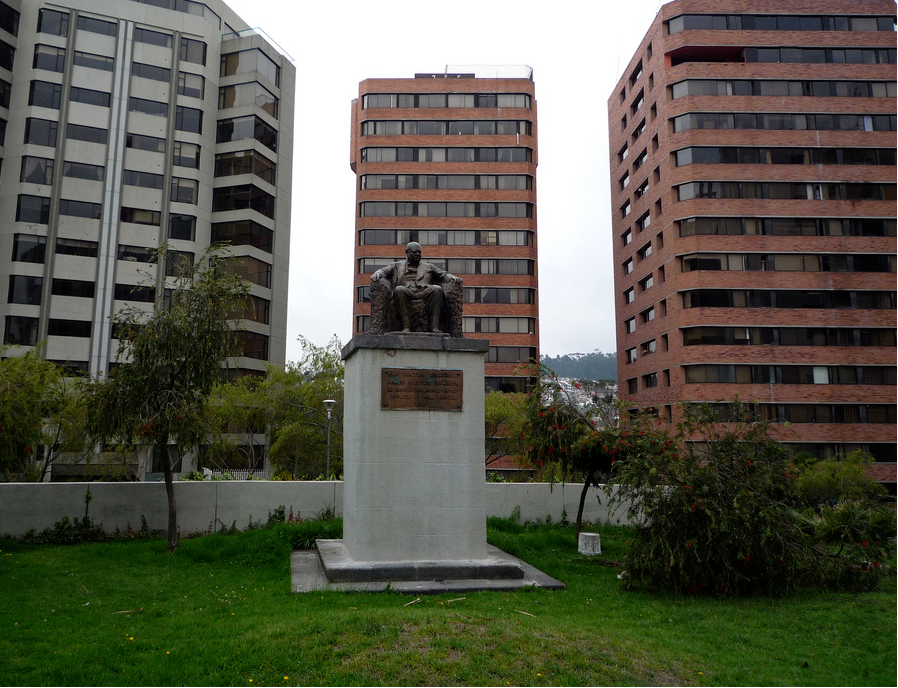The idea for a new National Liberal Party doesn’t add up
The Conservative MP Nick Boles has called for the establishment of a new National Liberal Party to field candidates jointly with his party. The idea is that the label could prove capable of drawing in a wider range of voters than the Conservative Party can currently attract. However Alun Wyburn-Powell argues that Boles’ idea might not be as good as he thinks it is.
Tory MP Nick Boles has proposed the creation of a new party called the National Liberals. However, Boles’ idea would only work if the National Liberals chose to put up joint candidates with the Conservatives. Separate candidates would split the vote to the benefit of other parties, in particular Labour. A potential drawback would be if some right-wing potential-Conservative voters decided to vote instead for UKIP or another party, put off by the ‘Liberal’ part of the joint ticket. And some Conservative MPs would not like the idea of having the word ‘Liberal’ attached to any part of their party.
A National Liberal Party is not a new idea. Nick Boles read Philosophy, Politics and Economics at university and his knowledge of history is probably where the idea originated.
The term National Liberal has been used twice before. Followers of Lloyd George stood in the 1922 general election as National Liberals, without Conservative opposition. This first Liberal National Party only lasted until the following year, when the Liberal Nationals and the Liberals reunited before the 1923 election.
The term re-emerged in the 1940s when the Liberal Nationals transposed their name to become the National Liberals. The group started to break away from the Liberal Party in 1931 after the formation of the National Government. By 1933 the Liberals and the Liberal Nationals were on opposite sides of the Commons. The Liberal Nationals became closer and closer to the Conservatives, agreeing an electoral pact in 1947 and eventually being subsumed fully into the Conservative Party in 1968. The last part of this history is probably has attractions for some Conservatives.
Using the name National Liberal Party or a combination of National Liberal Party and Conservative by election candidates could be problematic.
The Electoral Commission has to register party names before they can be used by candidates at elections. The Commission will not allow names which are the same as, or similar to, another party’s and which are likely to confuse voters. The name ‘National Liberal Party – Third Way’ is currently already registered with the Electoral Commission and has been used, with very limited result, by candidates in five parliamentary elections.
Candidates are allowed to stand for election under more than one party label, but each of the parties must consent. Labour and Co-operative MPs, such as Ed Balls, can use this arrangement quite legitimately as the Co-operative Party is a sister party of the Labour Party and fully consents to the arrangement. However, Nadine Dorries’ idea of joint Conservative-UKIP candidates would not be permitted, if either the Conservative Party or UKIP did not agree. And David Cameron has said that he would not agree.
In the 1940s and 1950s, before the current, stricter regulations on party names came into force, there was squabbling between the Liberals and the Conservatives over party labels. Liberal Party leader, Clement Davies wrote to Winston Churchill in 1950 to complain about the number of Conservative candidates using the word ‘Liberal’ in their party description. In addition to the National Liberals, there were candidates with many permutations of ‘Conservative and Liberal’, ‘Liberal National and Conservative’ and so on. Davies wrote:
Is it so much to ask that the Conservative Party should fight under its own name, or at least under a name which does not clash with that of another Party which is recognised throughout the world?
He cited four examples of cases where local Conservative associations had dishonestly claimed to have merged with the local Liberals:
- In November 1948, a meeting was held in Dunstable in private, with only invited persons present. The prospective Liberal candidate and some members of the local Liberal Association were refused admittance to the meeting, which set up the ‘United Conservative and Liberal Association’.
- In December 1948, a meeting was held in Kirriemuir to consider a merger between the local Liberal and Unionist Associations. A handful of Unionists attended; no Liberals were present. The merger was approved by no single Liberal.
- In February 1949, a meeting was held in North Angus, attended by some 400 Conservatives and three Liberals, steps having been taken deliberately to exclude Liberals in general. The three present were asked to leave when they voiced their objection. The formation of a Liberal-Unionist Association was approved – but by no single Liberal.
- In March 1949 all Liberals and Conservatives ‘interested’ were invited to attend a meeting of the ‘Torrington Division United Liberal and Conservative Association … some members of the Bideford and District Liberal Association were ‘interested’ enough to attend, but too interested to be allowed to remain. They were informed … that ‘Liberal’ had been incorporated in the title … as the result of a decision taken at an earlier meeting which was attended by no Liberals.’
Davies’s letter drew a predictably stinging response from Churchill:
As you were yourself for eleven [sic] years a National Liberal, and in that capacity supported the governments of Mr Baldwin and Mr Neville Chamberlain, I should not presume to correct your knowledge of the moral, intellectual and legal aspects of adding a prefix or suffix to the honoured name of Liberal’. ‘You and your friends do not seem to have any difficulty on the question of nomenclature with the Socialist Party. I have not heard, for instance, of any candidate who is standing as a Liberal-Socialist. The reason is, no doubt, that the two terms are fundamentally incompatible … I do not therefore expect that you will have to write any letter to Mr Attlee on this point.
Churchill was right about the history, but wrong about the maths. Clement Davies had indeed sat as a Liberal National MP, but it was for only eight years – from 1931 to 1939.
Nick Boles may well feel content to be following Churchill, but he too is right about the history and wrong about the maths. The idea probably does not add up.
—
Note: this post represents the views of the author and not those of Democratic Audit or the LSE. Please read our comments policy before posting. The shortened URL for this post is: https://s.coop/1tmph
—
 Dr Alun Wyburn-Powell is the author of Clement Davies – Liberal Leader and Defectors and the Liberal Party 1910 to 2010 – A Study of Inter-party Relations. He can be found on Twitter at @liberalhistory.
Dr Alun Wyburn-Powell is the author of Clement Davies – Liberal Leader and Defectors and the Liberal Party 1910 to 2010 – A Study of Inter-party Relations. He can be found on Twitter at @liberalhistory.






 Democratic Audit's core funding is provided by the Joseph Rowntree Charitable Trust. Additional funding is provided by the London School of Economics.
Democratic Audit's core funding is provided by the Joseph Rowntree Charitable Trust. Additional funding is provided by the London School of Economics.
But this is all based on the presumption of First-Past-the-Post!
With transferable votes and multi-member constituencies this all changes as votes cannot be split and protest votes don’t work – the voters’ preferences determine how their vote is distributed.
Then we can have – indeed want – a variety of candidates. A party can put forward a number of “endorsed” candidates – if they like more candidates than there are seats available! Each candidate can describe themselves as they like:
Conservatives
– Conservative Europhobe
– Conservative Europhile
– Unionist
– National Liberal
Liberals
– Orange Book Liberal
– Traditional Liberal
– Social Democrat
Labour
– Social Democrat
– Democratic Socialist
– New Labour
– Socialist
Other
– Green
– Nationalist
– etc.
So a party can offer a number of variations on their basic political flavour in an attempt to maximise their vote – but knowing that votes for variations that do not command sufficient support can transfer to other varieties.
We need more diversity in politics – but we need a system that allows that diversity to come through into a more representative parliament.